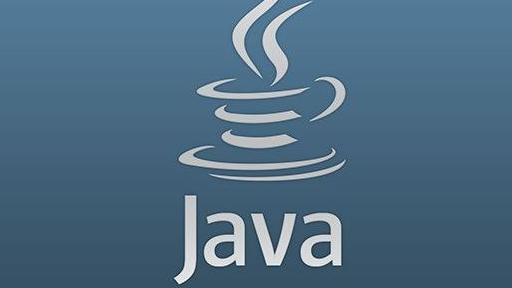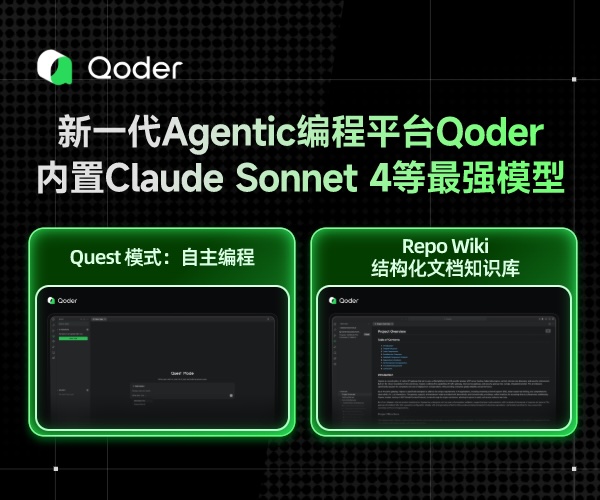数组与for循环
5.2数组
除了前边说的字符串,数字,布尔这三个基础的数据类型外,其实还有一个基础数据类型,那就是数组,数组就是一组类型相同的数据组合在一起。
比如这样一堆数字:1,3,5,7,9,11 我们用数组来存储这些数字
// 声明一个 int 数组的变量,数组大小为6 int[] numbers = new int[6]; numbers[0] = 1; numbers[1] = 3; numbers[2] = 5; numbers[3] = 7; numbers[4] = 9; numbers[5] = 11;
同样如果想获取数组的某一个数据,也是用下标,语法如下
// 得到数组中第三个数字 int num = numbers[2]; System.out.println(num);
长度
数组对象都有一个值length,可以得到该数组的长度
public static void main(String[] args) { int[] numbers = new int[8]; int size = numbers.length; System.out.println(size); }
数组初始化后,并没有储存实际的值,int类型的数据默认值是0,所以如果没有完成数组的赋值,那么int数组的每一个值都是0;String类型的数据默认值是null,所以没有赋值时,String数组的每一个值都是null.
我们来模拟一下excel表格,这个表格存放了学生成绩,第一列存放的是学生名称,第二列存放的是学生成绩
需要getScores,getNames和print方法,打印格式为 姓名:成绩,比如 小Z:40
public class Test{ public static void main(String[] args) { String[] names = getNames(); int[] scores = getScores(); print(names, scores, 0, names.length); } // print 方法 public static void print(String[] names, int[] scores, int begin, int total){ if (begin >= total) { return; } System.out.println(names[begin] + ":" + scores[begin]); // 递增begin begin++; print(names,scores,begin, total); } public static int[] getScores() { int[] scores = new int[5]; scores[0] = 88; scores[1] = 90; scores[2] = 70; scores[3] = 56; scores[4] = 40; return scores; } public static String[] getNames() { String[] names = new String[5]; names[0] = "小D"; names[1] = "小E"; names[2] = "小F"; names[3] = "小X"; names[4] = "小Z"; return names; } }
运行结果为:
小D:88
小E:90
小F:70
小X:56
小Z:40
5.2 for循环
如果我们想遍历数组中的每一项数据就需要用到循环的知识
大多数情况下,我们操作表格数据都有两个需求
- 录入数据到计算机中
- 遍历分析数据
首先录入数据
String[] tables = new String[3]; tables[0] = "张三"; tables[1] = "李四"; tables[2] = "王五";
解决完存储之后,我们就需要遍历出数组中的每一条记录
for(int i = 0; i< tables.length;i++){ String name = tables[i]; System.out.println(name); }
实际上数组的数据初始化,还有一个简写的方式,如果数据已经很确定的情况下,
那我们可以使用如下的语法
public static void main(String[] args) { String[] tables = new String[]{"张三","李四", "王五"}; for(int i = 0; i < tables.length; i++){ String name = tables[i]; System.out.println(i+":"+name); } }
如果是数字数组的话,那就是
new int[]{39,40,89};
浮点数据就是
new double[]{39,40,89};
还有一种for循环代码如下
for (String name : tables) { }
这种称为增强for循环,等同于
for(int i = 0; i < tables.length; i++){ String name = tables[i]; }
增强for循环是JDK1.5以后出来的一个高级for循环,专门用来遍历数组和集合的。它的内部原理其实是个Iterator迭代器,所以在遍历的过程中,不能对集合中的元素进行增删操作。
格式:
for(元素的数据类型 变量 : Collection集合or数组){ }
它用于遍历 Collection 和 数组。通常只进行遍历元素,不要在遍历的过程中对集合元素进行增删操作。
练习一:遍历数组
int[] arr = new int[]{11,22,33};
for (int n : arr) {
//变量n代表被遍历到的数组元素</span>
System.out.println(n);
}练习二:遍历集合
Collection<String> coll = new ArrayList<String>();
coll.add("a1");
coll.add("a2");
coll.add("a3");
coll.add("a4");
for(String str : coll){
//变量Str代表被遍历到的集合元素</span>
System.out.println(str);
}
注意:新for循环必须有被遍历的目标。目标只能是Collection或者是数组。
建议:遍历数组时,如果仅为遍历,可以使用增强for如果要对数组的元素进行 操作
嵌套循环
例:输出9*9乘法表

代码:
public static void main(String[] args) { for (int i = 1; i <= 9; i++) { String line = ""; for (int j = 1; j <= i; j++) { // 拼接line字符串,打印出 类似 1*2=2 2*2=4 这样的效果 line = line + j + "*" + i + "=" + j * i + " "; } System.out.println(line); } }
再回到学生成绩表,用for循环实现遍历
1 public class Test6{ 2 3 public static void main(String[] args) { 4 String[] names = getNames(); 5 int[] scores = getScores(); 6 print(names, scores); 7 } 8 9 public static void print(String[] names, int[] scores) { 10 for (int i = 0; i < names.length; i++) { 11 12 System.out.println(names[i] + ":" + scores[i]); 13 } 14 } 15 16 17 public static int[] getScores() { 18 19 int[] scores = new int[5]; 20 21 scores[0] = 88; 22 scores[1] = 90; 23 scores[2] = 70; 24 scores[3] = 56; 25 scores[4] = 40; 26 27 return scores; 28 } 29 30 public static String[] getNames() { 31 32 String[] names = new String[5]; 33 34 names[0] = "小D"; 35 names[1] = "小E"; 36 names[2] = "小F"; 37 names[3] = "小X"; 38 names[4] = "小Z"; 39 40 return names; 41 } 42 43 }



 5.2数组
除了前边说的字符串,数字,布尔这三个基础的数据类型外,其实还有一个基础数据类型,那就是数组,数组就是一组类型相同的数据组合在一起。
比如这样一堆数字:1,3,5,7,9,11 我们用数组来存储这些数字
5.2数组
除了前边说的字符串,数字,布尔这三个基础的数据类型外,其实还有一个基础数据类型,那就是数组,数组就是一组类型相同的数据组合在一起。
比如这样一堆数字:1,3,5,7,9,11 我们用数组来存储这些数字

 浙公网安备 33010602011771号
浙公网安备 33010602011771号